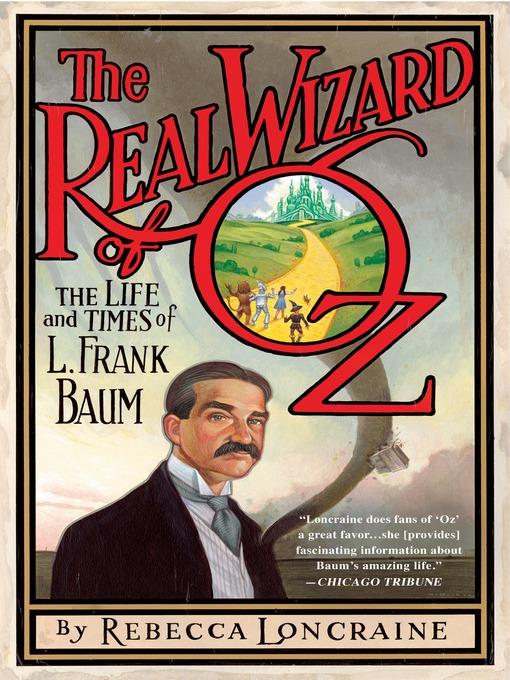
The Real Wizard of Oz
The Life and Times of L. Frank Baum
کتاب های مرتبط
- اطلاعات
- نقد و بررسی
- دیدگاه کاربران
نقد و بررسی

September 29, 2014
Heldman is a fine choice to narrate this well-researched biography on the life L. Frank Baum, author of The Wonderful Wizard of Oz and its sequels. Baum was born in 1865, and was 43 when he penned the book for which he would forever be remembered. But once he conceived of the land of Oz, he, unlike Dorothy, would never be able to escape it. Loncraine follows Baum through the middle years of his life, focusing on the specific events and experiences that influenced the magical world and creatures of Oz. The book is
divided into five sections, corresponding to the five U.S. regions in which Baum lived, and reader Heldman skillfully keeps the story moving at a steady pace throughout. Her lively, breathy delivery animates Loncraine’s straightforward prose. Loncraine admits that much of what’s known of Baum’s life may be pure invention by the writer himself, but true or not, it keeps the listener enchanted to the last chapter. A Gotham paperback.

July 15, 2009
An enthusiastic biography of the creator of Oz falls victim to questionable psychologizing and incomplete follow-through.
Lyman Frank Baum (1856–1919) was born near Syracuse, N.Y., in the middle of a diphtheria epidemic. Thus, argues British journalist Loncraine, a preoccupation with death hung over Baum's childhood, compounded by the casualties of the Civil War. He nevertheless was a lively, entrepreneurial lad who wrote and printed amateur journals on a child's printing press and later took on printing jobs for local businesses. Loncraine mines Baum's youth for foreshadowing details—scarecrow nightmares, the yellow-hued Plank Road, a local balloonist's antics. She also indulges in irresponsible speculation, mentioning that Baum's father"may have" had the bodies of his four dead children disinterred and reburied."If so, the process must have disinterred the infants in the family memory as well, and affirmed the ghostly presence of Baum's shadow siblings." Baum's restlessness and enthusiasm took him through several endeavors—in the theater, as a shopkeeper, journalist and traveling salesman—and to the Dakota plains before he hit it big with children's books after moving to Chicago. The narrative finally comes alive in the chronicle of his career, particularly the Oz books, which made him rich and then sustained him after he bankrupted himself trying to turn his creations into films (the crushing irony is gently noted). Having devoted nearly half of the book to the lead-up to his writing and particularly his purported preoccupation with child mortality, however, there is little payoff in the brief analyses of his prodigious output. Although Loncraine turns a few graceful phrases ("stories were a mixture of pure invention and ideas gathered from the cultural soup that sloshed around the author"), too often she resorts to clunky similes for effect:"He was cracking up, like a muddy hole covered in ice run over and shattered by a wagon wheel."
A flawed portrait that won't replace either Michael Patrick Hearn's The Annotated Wizard of Oz (1976) or Katharine M. Rogers's L. Frank Baum: Creator of Oz (2002) as authoritative works of Baum scholarship.
(COPYRIGHT (2009) KIRKUS REVIEWS/NIELSEN BUSINESS MEDIA, INC. ALL RIGHTS RESERVED.)

























دیدگاه کاربران